Sir,
This is in response to the editorial note regarding Kukkarahalli Lake issue (SOM dated Feb.28). I have covered almost all the points regarding why developmental activities are not required in Kukkarahalli Lake. Since you feel I am making sentimental fools, this is my reply.
You are having doubt whether Kukkarahalli has 170 species of birds? Sorry sir it’s 179 species! I have not listed laboriously. There are photographic evidences and documents. This list is the output of 20 years. If you are interested you can see biodiversity of Kukkarahalli Lake in this website: Here is butterfly checklist http://www.mysorenature.org/kukkarahalli/butterfly-checklist where totally 85 species have been recorded. There are 38 species of spiders recorded so far.
Anyway from your note I understood that you are not bothered about number of species. You feel tourism and ecosystem go hand-by-hand! For this I won’t answer, as I need not give any proof to show wound in our hand! Please make time and visit Kukkarahalli Lake to find out whether de-silting is going on or Lake expansion? Silt formation will be in the centre of the Lake and not in the peripheries. At present Kukkarahalli is filled with water except on Paduvarahalli side. If at all de-silting is to be done it has to be on that side.
In this present era, still you believe springs exist in Kukkarahalli Lake. Sir, those days are gone because of our modern development. In just over a span of 30 years we humans have made ground water to go below 1,000 feet or more! Kukkarahalli is just 15 feet deep and you can never expect spring there. Kukkarahalli and other urban water bodies are just drainage water!
Our developmental works must be such that those gone days have to return, or else there will be no life.
Lastly, we humans have been evolved last and if we are destroyed nature won’t lose anything. So at least for our existence let use save nature.
—Dr. A.P.C. Abhijith
Kalalawadi
2.3.2017
NOTE: I guess the correspondent is counting the trees and missing the wood. Or is he counting the birds and missing the lake? Talking about leaving the lake in a natural state, well, because of urbanisation all around, it is not possible and it will die a natural death. It has to be charged, by whatever means, to keep it alive.
As Saint Basavanna says if you build your house atop a hill-forest and fear the wild animals what sense does it make? Similarly, does it make sense to leave a lake in the urban area in its natural state when all around it buildings are constructed and water flow into the lake from the catchment area is blocked to charge it? It will be worse, if there are no springs, as assumed by the correspondent. Even the Royal Canals of the days of Maharaja are encroached by builders. So this lake can be saved, in the long run, as a lung-space and a huge water body of beauty only if it is used as a tourist spot.
The correspondent’s pious hope that ‘gone days have to return’ is possible only if the surrounding area of about 1-km radius around the lake is reclaimed, all the roads and buildings demolished and the area brought to its original state of nature. It is ridiculous to suggest what is not possible. I may mention that the Prabhunagar Lake near Khanapur in Belagavi was revived last year and the natural springs in the lake bed had come alive.—KBG



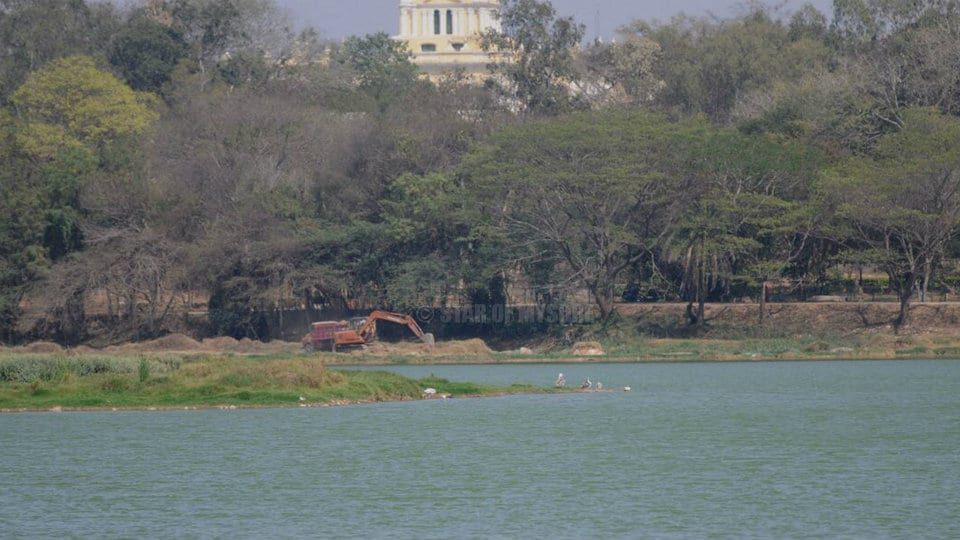
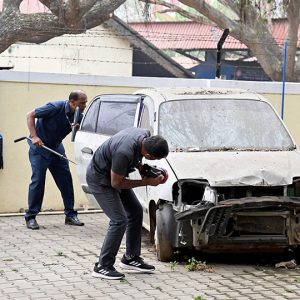
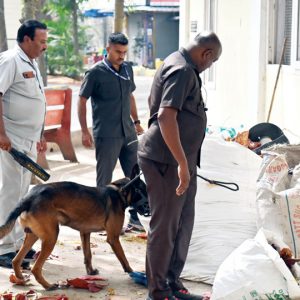
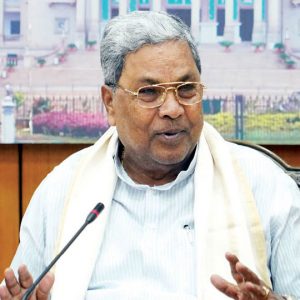
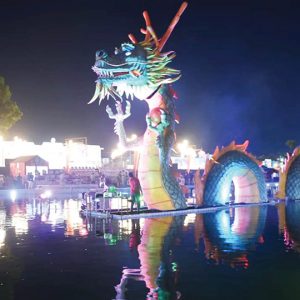
Recent Comments